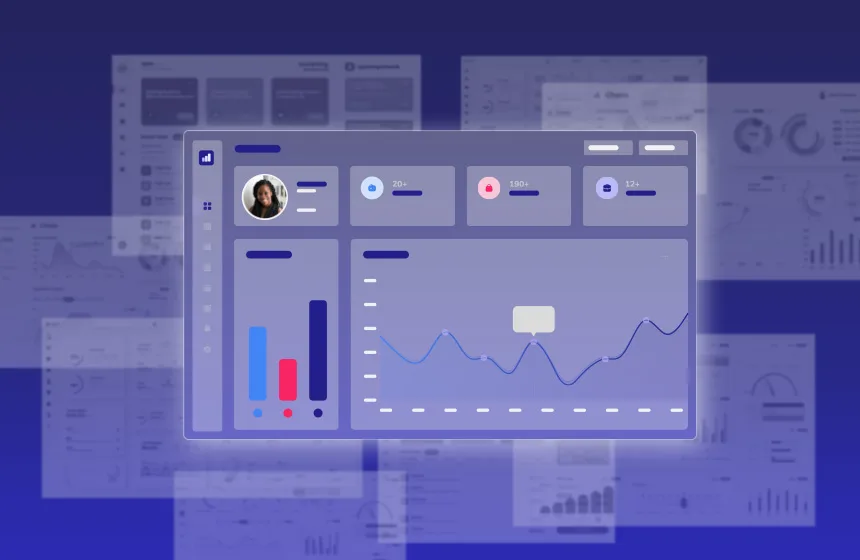Accelerate deals and increase win rates with the leading enterprise AI demo platform.
The Essentials of Product-Qualified Leads (PQLs)

April 22, 2025
Table of Contents
You might already know how interested I am in product-led growth (PLG) if you follow me on Linkedin – or this might be your first time hearing about my favorite topic. Either way, I love sharing information and tips about PLG here on the Reprise blog to help other sales and marketing professionals to understand this new and exciting way of growing.
One of the latest hot topics of discussion in the PLG world is product-qualified leads. So I thought I’d break down the essentials for you in case you’re just hearing about them for the first time, or wondering how to make your PQL strategy more effective. Let’s go!
And a shout-out to Alexa Grabell at Pocus for inspiring this series with her original content!
What is a Product-Qualified Lead (PQL)?
PQLs are leads who have experienced the value your product offers for themselves. Unlike MQLs, who have only interacted with your marketing content, PQLs are users of your product already – they know what you offer, and they like it enough to sign up as a free user.
PQLs also match your ideal customer profile, and they’ve shown some kind of sign that they’re willing to make a purchase. That’s why not every free user of your freemium or free-trial offer is a PQL – some users are simply satisfied with the free offering and are unlikely to convert to paid users.
Your PQLs are highly likely to convert to a paid plan, a higher tier of service, or even an enterprise plan because they fit your customer demographic and have already experienced value from your product. For example, Asana determined that users who invite a lot of other users to the software were good prospects – that activity tended to mean they’d be open to a conversation with sales about moving to a higher-tier account.
Why Do PQLs Matter?
If your company takes a product-led approach to growth, whether that’s entirely PLG or a PLG-sales hybrid motion, you’ll eventually need to figure out a way to get more users to convert from free to paid, or to upgrade their plan, in order to increase your revenue and grow.
Having a PQL strategy allows you to identify the sales opportunities that have the most promise so you focus your sales resources on the right areas. Plus, it will help you reach leads at the right time in the sales cycle so you accelerate your time to revenue, and increase your conversion rate from free to paid and paid to enterprise.
Sounds great, right? Now you can see why I’m passionate about PQL!
How to Create a Good PQL Definition
There’s no one-size-fits-all PQL definition – it will depend on your product, your customers, and your industry segment. That being said, there are three key categories you should use to create your own PQL fit.
- Customer fit: how closely the user/account aligns to your Ideal Customer Profile
- Product usage: behavior at the account and user level, like how much time they spend in the product, frequency, recency, etc.
- Buying intent: any signals that the user is curious or open to buying, like visiting your pricing page, clicked your “talk to sales” button, etc.
These categories will help you sort through your users and narrow down who is likely to convert to a paid product or upgrade their existing services. You will want to focus on those who are both a strong customer fit and also show buying intent – you can’t rely on product usage alone, as that can indicate only that a free user really likes the free option and doesn’t need more.
Ideally, to create your own PQL definition, you’ll study user actions and refine your ICPs until you’ve determined exactly what indicates a user is a high-quality lead through your product data. Need more inspiration for what this looks like in the real world? Check out how Kenny van Zant’s team determined what made a PQL in the early stages of growing Asana.
Creating the perfect PQL definition doesn’t happen overnight – it requires testing and adjusting along the way to see what really works for your company. But it’s well worth the effort – those PQLs can be the key to significant growth and increased revenue!
If you have questions about how to create your own PQL definition or just want to talk product-led growth, feel free to ping me on Linkedin or via email at jorge (at) getreprise.com.






